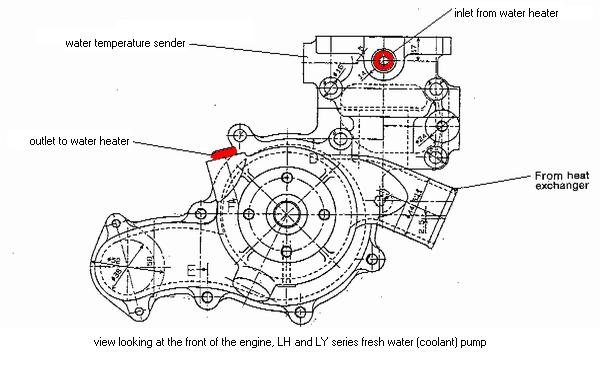Anyone converted their water heater to run on engine heat as well as electric?
That's seems to be quite popular on a lot of boats.
I've got a 375hp Yanmar. Need to check the heater.
If you've done this mod, please comment.
That's seems to be quite popular on a lot of boats.
I've got a 375hp Yanmar. Need to check the heater.
If you've done this mod, please comment.


